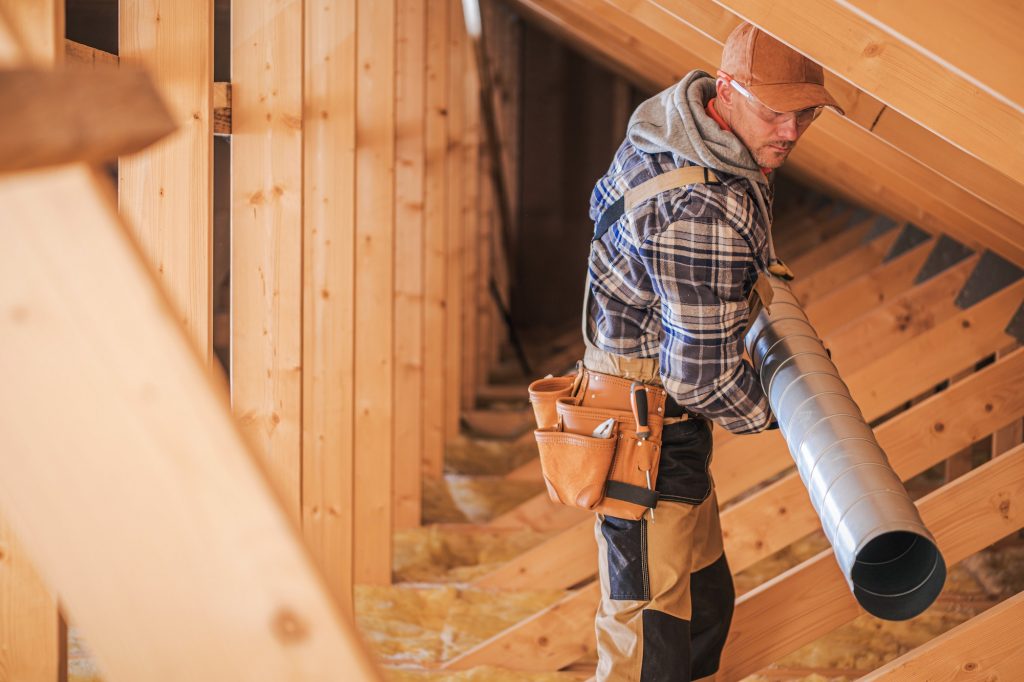Introduction to Roof Ventilation
Roof ventilation is essential to any building’s design and critical in maintaining a safe and comfortable indoor environment. Roof ventilation regulates the temperature and moisture levels within the attic space, preventing the buildup of harmful pollutants and ensuring the longevity of the roof and building structure. This article will explore the importance of proper roof ventilation and its role in maintaining a healthy indoor environment.

Understanding Roof Ventilation Systems
Roof ventilation systems come in various forms, including ridge vents, gable vents, and soffit vents. Each type of ventilation system works by allowing air to circulate through the attic, removing excess heat and moisture that can cause damage to the roof and building structure. To choose the right roof ventilation system, it is essential to understand the specific needs of your building, including the size of the attic space, the type of roofing material, and local climate conditions.
Benefits of Proper Roof Ventilation
Proper roof ventilation offers numerous benefits, including increased energy efficiency, extended lifespan, and improved indoor air quality. Energy efficiency is enhanced by regulating the temperature within the attic, reducing the strain on heating and cooling systems and lowering energy costs. A properly ventilated roof also lasts longer, preventing damage caused by moisture buildup and prolonging the life of the roofing material. Improved indoor air quality is another significant benefit, reducing the buildup of harmful pollutants and ensuring a safe and healthy indoor environment.
Common Roof Ventilation Problems
Unfortunately, many buildings suffer from inadequate roof ventilation, resulting in many problems, including poor indoor air quality, increased energy costs, and damage to the roof and building structure. Poor installation is standard, leading to clogged vents and reduced air circulation. It is essential to ensure proper installation techniques and that the ventilation system is the right size for the attic space. Blocked vents can also be a problem, reducing the effectiveness of the ventilation system and leading to increased moisture buildup.
Choosing the Right Roof Ventilation System
When choosing a roof ventilation system, it is essential to consider factors such as the size of the attic space, local climate conditions, and the type of roofing material. Professional installation is also crucial to ensure the ventilation system is installed correctly and functions as intended.
Maintenance of Roof Ventilation Systems
Proper maintenance is crucial to ensure that the roof ventilation system continues functioning correctly and provides the benefits it was designed to deliver. Regular cleaning and inspection are necessary to keep the vents clear and working perfectly, while repair and replacement may be needed if damage occurs.
The Impact of Roof Ventilation on Roof Warranty
Roof ventilation can also impact the manufacturer’s warranty, with many manufacturers requiring proper ventilation to maintain security. Understanding the manufacturer’s specific requirements and ensuring appropriate maintenance is performed to claim the warranty is essential.
DIY Roof Ventilation Installation vs Professional Installation
While attempting a DIY roof ventilation installation may be tempting, it is essential to consider the advantages and disadvantages of professional installation. The professional installation offers a range of benefits, including increased energy efficiency, improved indoor air quality, and a longer-lasting roof. The cost of professional installation may be higher upfront, but the long-term cost savings can be significant.
Cost of Roof Ventilation Systems
The cost of roof ventilation systems varies depending on the type of ventilation system, the size of the attic space, and the cost of professional installation. While the upfront cost may be significant, long-term savings from increased energy efficiency and a longer-lasting roof can be substantial.
The Role of Roof Ventilation in Preventing Roof Damage
Roof ventilation is critical in preventing damage to the roof and building structure, including moisture buildup, ice damming, and roof rot. By regulating temperature and moisture levels within the attic, proper roof ventilation helps to prevent these damaging effects.
The Impact of Roof Ventilation on Attic Temperature
Roof ventilation also significantly impacts attic temperature, helping regulate the temperature within the attic and improving the overall comfort of the building. In the summer, proper ventilation helps to reduce attic temperatures, while in the winter, it helps to prevent the buildup of moisture that can lead to roof damage.
The Relationship between Roof Ventilation and Insulation
Proper roof ventilation and insulation work together to improve energy efficiency and regulate temperature and moisture levels within the attic. It is essential to ensure adequate insulation and that the roof ventilation system is the right size for the attic space.
The Impact of Roof Ventilation on Roofing Materials
Roof ventilation can also impact the type of roofing material used, with some materials being more compatible with specific ventilation systems than others. Proper ventilation can also prolong the life of the roofing material, reducing the need for costly repairs or replacement.
The Impact of Roof Ventilation on Indoor Air Quality
Finally, proper roof ventilation significantly impacts indoor air quality, reducing the buildup of harmful pollutants and improving the overall health and comfort of the building’s inhabitants.
Conclusion
In conclusion, proper roof ventilation is essential for maintaining a safe and comfortable indoor environment, providing numerous benefits, including increased energy efficiency, extended roof lifespan, and improved indoor air quality. Choosing the right ventilation system, performing regular maintenance, and ensuring professional installation for the best results are essential.
FAQ
Why is proper roof ventilation important?
Proper roof ventilation is essential because it regulates temperature and moisture levels within the attic, preventing damage to the roof and building structure and ensuring a safe and comfortable indoor environment.
What are the different types of roof ventilation systems?
The roof ventilation systems include ridge vents, gable vents, and soffit vents.
What are the benefits of proper roof ventilation?
The benefits of proper roof ventilation include increased energy efficiency, extended roof lifespan, and improved indoor air quality.
What are common roof ventilation problems?
Common roof ventilation problems include inadequate ventilation, poor installation, and clogged vents.
How can I choose the right roof ventilation system?
To choose the right roof ventilation system, you should consider factors such as the size of the attic space, local climate conditions, and the type of roofing material and ensure a professional installation.
Is it necessary to perform maintenance on roof ventilation systems?
Yes, proper maintenance is necessary to ensure that the roof ventilation system continues functioning correctly and provides the benefits it was designed to deliver. This includes regular cleaning, inspection, repair and replacement if necessary.
